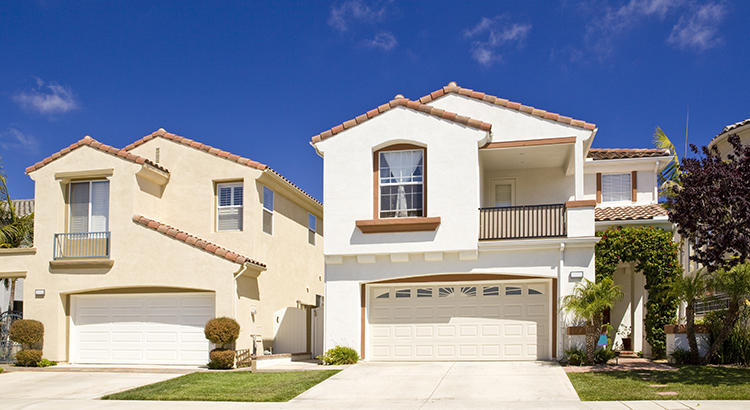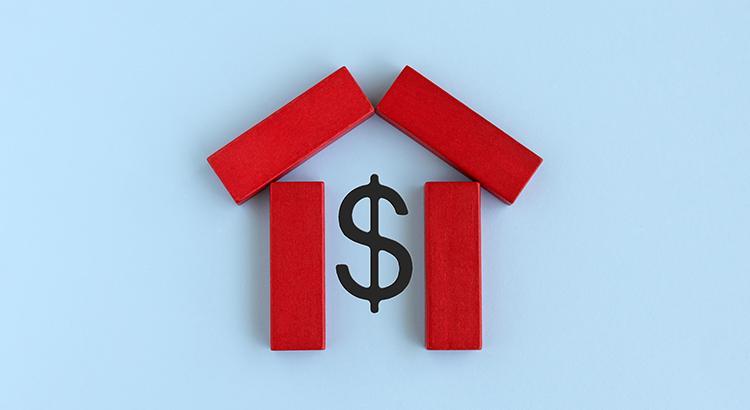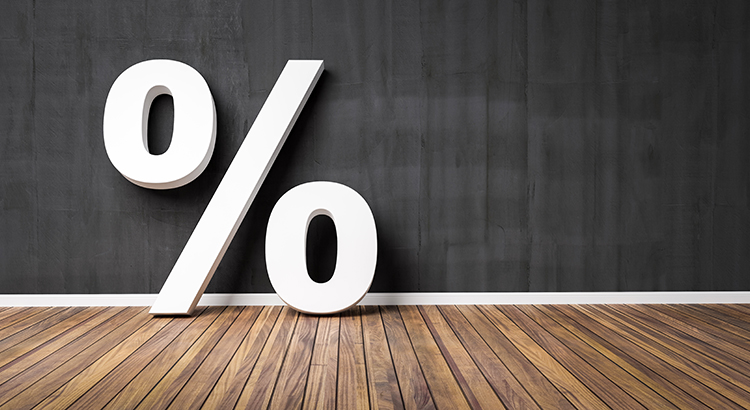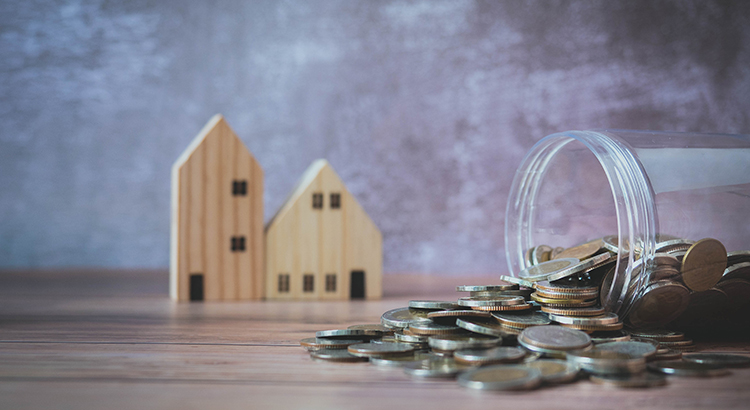
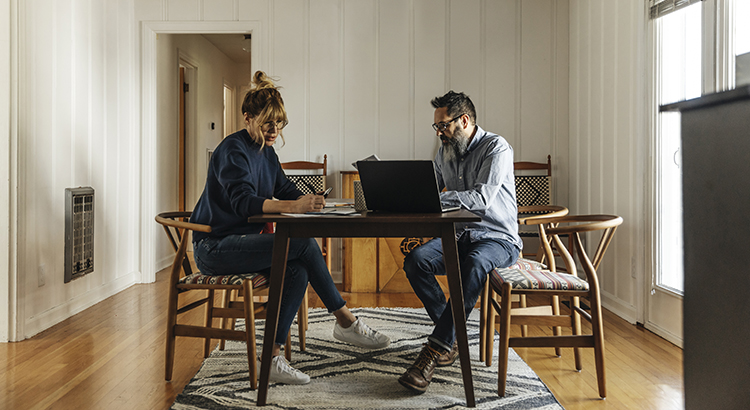
How Misunderstandings about Affordability Could Cost You
There’s a lot of discussion about affordability as home prices continue to appreciate rapidly. Even though the most recent index on affordability from the National Association of Realtors (NAR) shows homes are more affordable today than the historical average, some still have concerns about whethe
Read More

Don’t Forget to Budget for Closing Costs
When buying a home, it’s important to have a budget and make sure you plan ahead for certain homebuying expenses. Saving for a down payment is the main cost that comes to mind for many, but budgeting for the closing costs required to get a mortgage is just as important. What Are Closing Costs? Acc
Read More
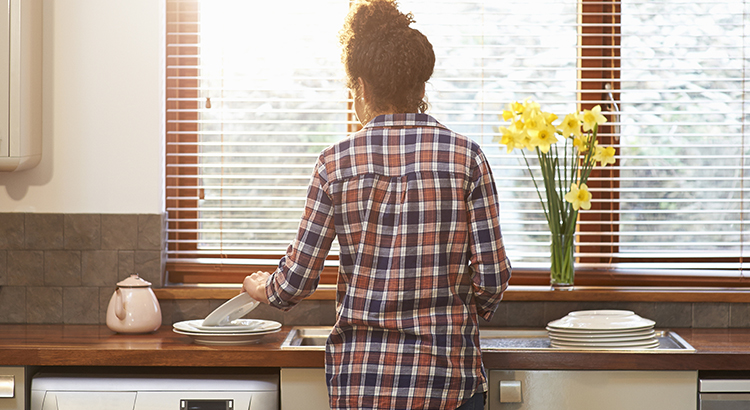
Why Waiting to Buy a Home Could Cost You a Small Fortune
Many people are sitting on the fence trying to decide if now’s the time to buy a home. Some are renters who have a strong desire to become homeowners but are unsure if buying right now makes sense. Others may be homeowners who are realizing that their current home no longer fits their changing nee
Read More
Categories
Recent Posts


